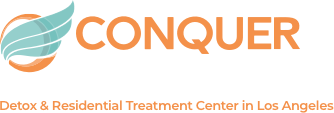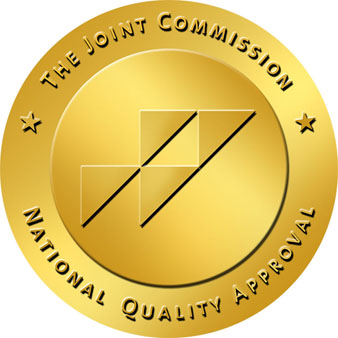In the midst of life’s challenges, it’s not uncommon for individuals to seek relief, sometimes in the form of prescription medications. Opioids, potent pain relievers, often begin as a legitimate remedy but can silently lead individuals down the path of dependence and addiction. Recognizing the signs of opioid addiction is the first step towards seeking help and recovery. Here, we delve into the subtle yet profound indicators that suggest a dependency on opioids, aiming to provide insight and guidance for those who might be on the brink of this critical realization.
1. Increased Tolerance
One of the earliest signs of opioid addiction is an increased tolerance to the drug. Over time, your body becomes accustomed to the presence of the drug, necessitating higher doses to achieve the same pain-relieving effects. This escalation is not just a physical adjustment but a clear signal from your body that dependency is developing.
2. Withdrawal Symptoms
When the effects of the opioid wear off, you might experience withdrawal symptoms, which can range from mild to severe. These symptoms can include anxiety, irritability, nausea, muscle aches, and intense cravings for the drug. The fear of these uncomfortable symptoms can perpetuate a cycle of continued use to avoid feeling unwell, a hallmark of addiction.
3. Changes in Behavior
Opioid addiction often leads to noticeable changes in behavior. This might include withdrawing from social activities, hobbies, and once-important responsibilities. The shift in priorities, often subtle at first, gradually becomes more pronounced as the addiction takes hold.
4. Preoccupation with the Drug
An increasing preoccupation with obtaining and using opioids is a significant indicator of addiction. If a considerable amount of your time is spent thinking about the drug, planning how to get more, and recovering from its effects, it’s time to reflect on the hold these substances may have on your life.
5. Neglecting Responsibilities
As addiction progresses, maintaining the semblance of a normal routine becomes challenging. Work, relationships, and personal care may begin to suffer as the pursuit of the drug’s effects takes precedence over daily responsibilities and commitments.
6. Continued Use Despite Negative Consequences
Continuing to use opioids despite clear negative impacts on your health, relationships, and overall well-being is a glaring sign of addiction. This might include persistent use even after experiencing overdoses, legal issues, or significant family strife.
7. Physical Signs
Physical indicators can include weight loss, changes in sleep patterns, decreased libido, and neglect of personal hygiene. These signs often reflect the broader physiological toll that opioids can take on the body, further compounded by the neglect of self-care that accompanies addiction.
Recognizing these signs in yourself or a loved one can be a painful but pivotal moment. It marks the juncture between continuing down a perilous path and choosing to seek help. Addiction is a complex but treatable condition, and acknowledging the problem is the first step towards recovery.
If you or someone you know is showing signs of opioid addiction, consider reaching out to a healthcare professional or a recovery center. These institutions are equipped with the tools, resources, and expertise to provide the necessary support for overcoming addiction. Remember, taking the first step towards seeking help is a sign of strength, not weakness.




